Explore the complexities of Bitcoin mining with our comprehensive guide. From choosing the right ASIC miner to understanding the role of a crypto wallet, we’ll guide you through each step of building a Bitcoin mining rig and maximizing your potential profits.
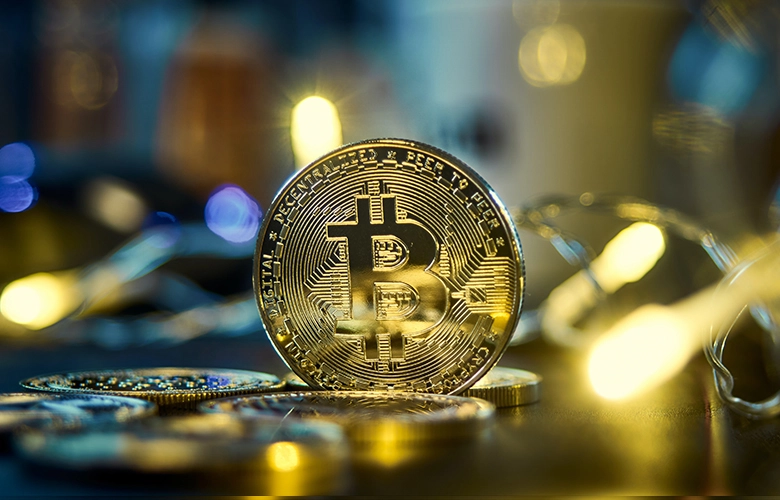
Venturing into the World of Bitcoin Mining: An In-Depth Look
The world of cryptocurrencies has seen a rapid surge in recent years, with Bitcoin standing at the forefront. Born from an ingenious concept that combines technology and finance, Bitcoin has become a symbol of digital wealth. At the core of this cryptocurrency’s operations lies a process called ‘mining,’ a term borrowed from the traditional mining of precious metals and stones. But instead of pickaxes and shovels, Bitcoin miners use powerful computers to solve complex mathematical problems, a process that helps maintain the integrity of Bitcoin transactions and in turn, earns them new Bitcoins as a reward.
Today, the Bitcoin mining industry has exploded into a bustling, competitive arena. Individuals and enterprises worldwide are diving into this venture, equipped with an array of specialized hardware designed to optimize the process. It’s no longer the domain of hobbyists tinkering in their basements; Bitcoin mining now requires significant investment and strategic planning. But with the price of Bitcoin on a largely upward trajectory, the potential returns can be significant.
However, it’s important to note that Bitcoin mining is not a guaranteed route to riches. The initial costs can be high, the competition is fierce, and the variable nature of Bitcoin’s value means potential profits can fluctuate widely. But for those willing to understand the intricacies and invest the necessary time and resources, the world of Bitcoin mining offers an intriguing opportunity to be part of a technological revolution and potentially reap significant rewards.
In the sections that follow, we will delve deeper into the nuts and bolts of Bitcoin mining, exploring the essential components of a Bitcoin mining rig, analyzing popular ASIC miners, and examining the importance of crypto wallets and mining pool memberships. We’ll also take a look at the other costs involved in Bitcoin mining, providing you with a comprehensive understanding of this complex, yet fascinating venture.
Welcome to the world of Bitcoin mining.
The Process of Bitcoin Mining: A Digital Gold Rush
At its core, Bitcoin mining is a decentralized process that relies on powerful computers to validate and record transactions on the Bitcoin network, referred to as the blockchain. This process involves solving complex mathematical problems, a task that requires significant computational power. The Bitcoin network is designed to produce a constant stream of Bitcoins every 10 minutes, rewarding miners who contribute their computational power to maintain the network.
The “problems” that miners are solving are cryptographic hash functions, specifically SHA-256 hash functions. When a miner’s computer solves this problem, it proposes the next block in the blockchain, including all recent Bitcoin transactions. This proposed block is validated by other miners in the network, and once confirmed, it is added to the blockchain. The miner who solved the problem is then rewarded with a certain amount of newly minted Bitcoin – a process known as ‘block reward’. As of now, the block reward stands at 6.25 Bitcoins, but this number is halved approximately every four years in an event known as ‘Bitcoin halving’.

However, as more people and organizations enter the Bitcoin mining arena, the competition increases. To maintain the 10-minute interval between blocks, the Bitcoin network automatically adjusts the difficulty of the mathematical problem. This mechanism, known as ‘mining difficulty’, ensures that regardless of the number of miners or their combined computational power, new Bitcoins will only be generated every 10 minutes on average.
As the number of miners has increased over time, so too has the difficulty of the problems they’re tasked with solving. This escalating difficulty, coupled with the finite number of Bitcoins, has made mining increasingly competitive. This means that would-be miners need to invest in more powerful hardware to have a chance of solving a block and earning Bitcoins.
In the next section, we will dive into the key components required for a Bitcoin mining rig and how they play a pivotal role in this digital gold rush.
Building Your Bitcoin Mining Rig: The Essential Components
A Bitcoin mining rig is more than just a single piece of hardware. It’s a carefully assembled system of components, each serving a specific role in the mining process. Here, we explore the key components required for a successful Bitcoin mining operation.
-
ASIC Miner
The heart of any serious Bitcoin mining rig is the ASIC (Application-Specific Integrated Circuit) miner. Initially, Bitcoin mining could be done using a computer’s CPU or GPU, but as the mining difficulty increased, more powerful hardware became necessary. ASIC miners are custom-built to perform the SHA-256 hashing function used in Bitcoin mining, making them far more efficient than general-purpose computers.
For instance, Bitmain’s Antminer S19 Pro, a popular choice among miners, boasts a maximum hash rate of 110Th/s. However, this performance comes at a cost, with prices ranging between $5,000 and $10,000. Other viable options include the AVALONminer 1246 from Canaan, which has a lower maximum rate of 90Th/s and is generally more affordable, and the WhatsMiner M30S++ with an impressive hash rate of 112Th/s.
-
Laptop or Motherboard
To control your ASIC miner, you’ll need a computer. You can simply connect your ASIC miner to your laptop, or you can opt for a specialized crypto mining motherboard. While regular motherboards can be used, crypto mining motherboards come with extra PCIe slots and better cooling hardware, making them more suited for a high-intensity function like crypto mining. They range from $100 to $200, while regular motherboards can be bought for $60 and up.
-
Crypto Wallet
Last but not least, you’ll need a crypto wallet. This is where you’ll receive and store the Bitcoins you mine. Crypto wallets come in two forms: hot and cold. Hot wallets are virtual, operating online and thus vulnerable to hacks. Cold wallets, on the other hand, are physical devices that store your Bitcoin offline, making them far more secure. However, cold wallets can be more expensive and must be stored safely to prevent theft or damage.
These are the primary components of a Bitcoin mining rig, but they are not the only costs to consider. As we’ll discuss in the next section, operating a Bitcoin mining rig involves a range of ongoing costs that can significantly impact profitability.
Analyzing the Giants: A Detailed Look at Popular ASIC Miners
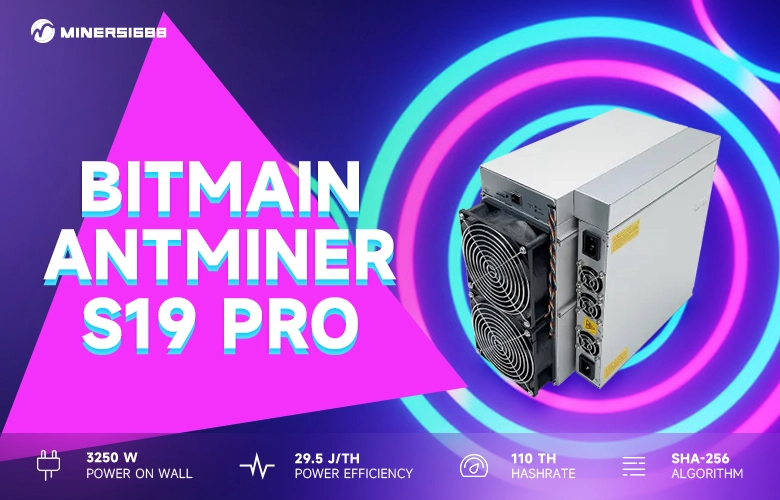
Created by Bitmain, a leading ASIC producer, the Antminer S19 Pro has become a sought-after choice in the Bitcoin mining industry. This powerful miner boasts a maximum hash rate of 110Th/s, making it one of the most efficient options on the market. However, such performance comes with a hefty price tag, as the S19 Pro typically ranges between $5,000 and $10,000. Despite the cost, its high hash rate and reliable performance make the S19 Pro a solid investment for serious miners. You can purchase the Antminer S19 Pro directly from Bitmain’s website or various other online retailers.
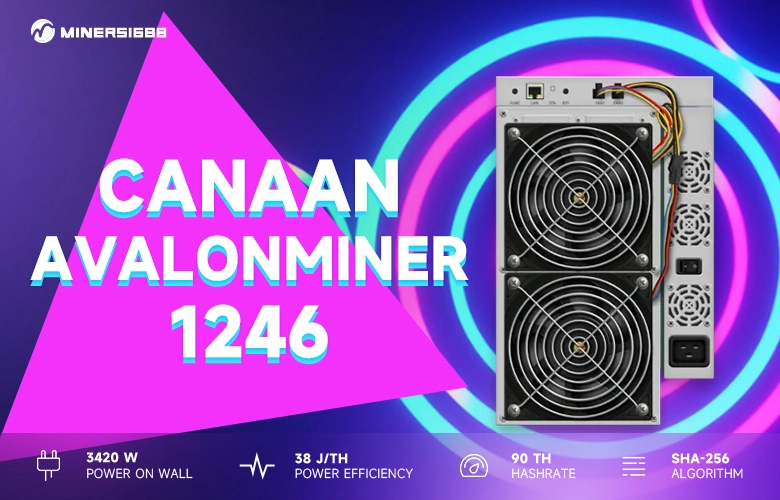
Another well-known ASIC producer, Canaan, offers the AVALONminer 1246. This miner has become a favorite within the industry, offering a balance between cost and performance. While it has a lower maximum hash rate of 90Th/s compared to the S19 Pro, it’s generally more affordable, costing between $2,000 and $6,000. The lower price point doesn’t mean lesser quality, as the AVALONminer 1246 is recognized for its reliable operation. It can be purchased directly from Canaan’s website or from other online vendors.
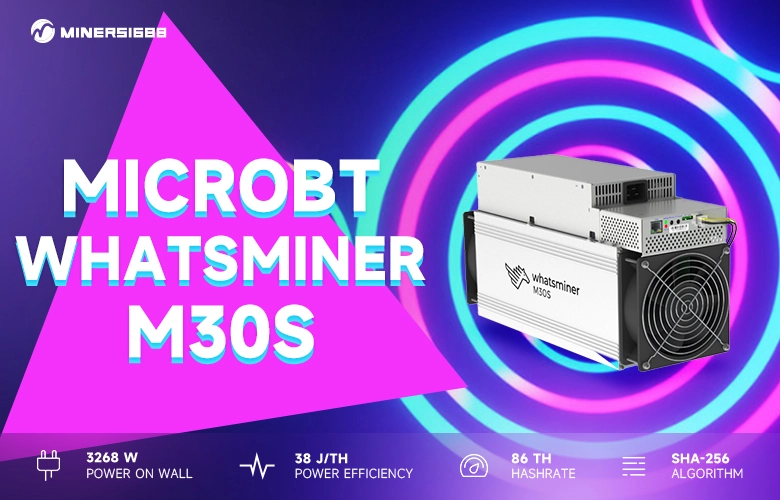
The WhatsMiner M30S++ by MicroBT is the champion in terms of hash rate, offering a maximum of 112Th/s, slightly edging out the S19 Pro. While not the cheapest ASIC miner out there, the M30S++ provides powerful performance to optimize your Bitcoin mining venture. Its price typically falls between $3,000 and $8,000, making it a medium-range option in terms of cost. Despite the price, its impressive hash rate could make it a worthwhile investment for those looking to maximize their mining potential. The WhatsMiner M30S++ can be purchased from MicroBT’s website or other online electronics retailers.
By considering the features, hash rate, and cost of these popular ASIC miners, you can make an informed decision that best suits your Bitcoin mining goals and budget. In the next section, we will delve into the cost analysis of running a Bitcoin mining operation.
The Central Hub: Understanding the Role of a Laptop or Motherboard in Bitcoin Mining
The role of a laptop or motherboard in a Bitcoin mining setup is crucial. This component acts as the central hub, facilitating the connection between your ASIC miner and the Bitcoin network. It’s also used to run the necessary mining software and monitor your mining progress and statistics.
Choosing between a laptop and a dedicated mining motherboard largely depends on your specific needs and budget. While a laptop offers convenience and is sufficient for a small-scale mining operation, a mining motherboard can provide a more robust and efficient setup for larger operations.
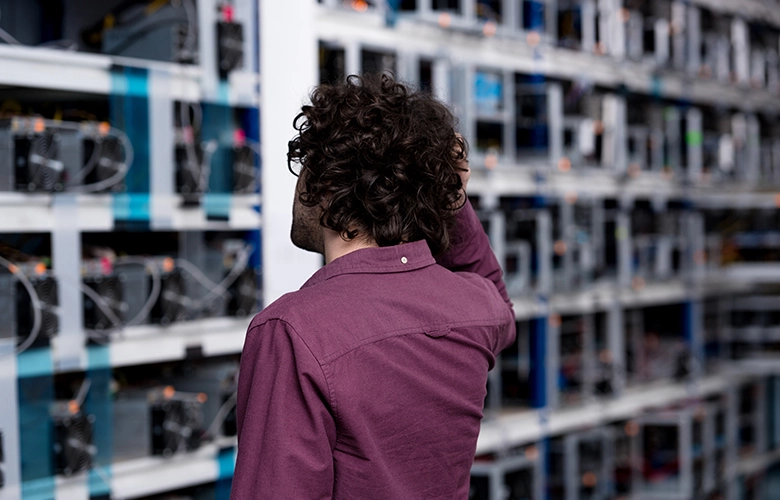
Crypto mining motherboards differ from regular ones in that they are specifically designed for mining purposes. They typically come with additional PCIe slots for multiple GPU connections and have better cooling hardware to handle the high-intensity task of crypto mining. However, if you’re using an ASIC miner, a regular motherboard could suffice, as the ASIC already incorporates the heavy-duty processing hardware.
In terms of cost, a cryptocurrency mining motherboard can range from $100 to $200, depending on the product’s make, model, and condition. On the other hand, regular motherboards can be more affordable, with prices starting at around $60. Laptops, depending on their specifications, can range from a few hundred to a few thousand dollars.
Regardless of whether you choose a laptop, a regular motherboard, or a mining motherboard, the key is to ensure that it can support your mining operation’s requirements and is compatible with the mining software you intend to use. In the next section, we will explore the importance of a crypto wallet in your mining venture.
Securing Your Earnings: The Importance of a Crypto Wallet in Bitcoin Mining
A critical, yet often overlooked, component of any Bitcoin mining setup is the crypto wallet. Acting as a digital bank account for your cryptocurrency, a crypto wallet is where you’ll store and manage the Bitcoin you earn from mining. Without a wallet, you simply have nowhere to put your mining rewards.
Crypto wallets come in two main types: hot and cold. Hot wallets are digital and require an internet connection to function, making them convenient for frequent transactions but susceptible to online threats. On the other hand, cold wallets are physical devices that store your crypto offline, providing increased security by eliminating the risk of remote hacking.
The choice between a hot and cold wallet depends largely on your specific needs and circumstances. If you’re just starting out or running a small-scale mining operation, a hot wallet may suffice. They’re easy to set up and usually free, although they require careful management to ensure security.
For larger operations or those concerned about security, a cold wallet would be a more suitable choice. These wallets can be relatively expensive, but the additional security they provide can be well worth the investment.
Regardless of the type of wallet you choose, it’s crucial to ensure it’s compatible with Bitcoin. Many wallets support multiple cryptocurrencies, but not all do, so it’s essential to check this before setting up your mining operation.
In the final section, we’ll provide an overview of the costs involved in setting up and running a Bitcoin mining operation.
Amplifying Your Efforts: The Significance of Mining Pool Membership
In the competitive world of Bitcoin mining, success is not guaranteed. As such, many miners join forces and mine collaboratively in what’s known as a mining pool. A mining pool is a group of miners who share their computational power over a network, splitting the reward equally, according to the amount of work they contributed to the probability of finding a block.
Joining a mining pool can offer several benefits. First, it provides more consistent income. Mining Bitcoin solo can be a bit of a lottery. You could mine for years without earning a single Bitcoin, whereas in a pool, you’ll receive a smaller, but steady flow of Bitcoins. Second, it allows miners to share resources and expertise, which can lead to more efficient mining operations.

Choosing the right mining pool is crucial, and there are several factors to consider. These include the pool’s size, payout system, fees, reliability, and reputation. It’s also worth considering the pool’s location, as this can affect the speed and reliability of your connection to it.
In conclusion, while Bitcoin mining can be a complex and expensive venture, with the right knowledge and resources, it can also be a rewarding one. By understanding the requirements, costs, and strategies involved, you can make an informed decision about whether this exciting field is right for you.
Behind the Scenes: Additional Costs in Bitcoin Mining
While the initial investment in hardware forms a significant portion of the costs involved in Bitcoin mining, it’s far from the only expense to consider. To truly understand the financial commitment involved, it’s crucial to look at the additional ongoing costs that come with running a Bitcoin mining operation.
One of the most significant of these costs is electricity. Bitcoin mining rigs, especially high-performance ASIC miners, consume a large amount of power. Depending on your local electricity rates, this can quickly add up to a hefty monthly bill.
Another important consideration is the cost of cooling. Mining hardware generates a considerable amount of heat and needs to be kept cool to function effectively and avoid damage. This typically means running air conditioning or other cooling systems, which also consume power and add to your costs.
Lastly, there’s the cost of maintenance. Mining rigs, like any other electronic equipment, require regular upkeep to stay in working condition. This might involve replacing worn-out components or hiring a technician for more complicated repairs. Depending on the scale of your operation, you might also need to invest in networking equipment, security, and other infrastructure.
In the next section, we will discuss how joining a mining pool can help mitigate some of these costs and increase your chances of making a profit from Bitcoin mining.
Bringing it All Together: The Essential Components for a Successful Bitcoin Mining Setup
Bitcoin mining is a complex process, requiring a combination of specialized hardware, software, and strategic planning. From powerful ASIC miners to efficient motherboards and secure crypto wallets, each component of your mining setup plays a crucial role in determining your venture’s success.
However, the technical aspects are only part of the equation. To succeed in the competitive field of Bitcoin mining, you must also consider the financial investment required, the potential returns, and how to maximize your chances of earning a profit. This includes understanding and managing the ongoing costs of electricity, cooling, and maintenance, as well as leveraging the benefits of mining pool membership.
The world of Bitcoin mining is dynamic, with the landscape continuously shifting as new technologies emerge and the market evolves. Today, as the industry becomes increasingly competitive and professionalized, it’s more important than ever to stay informed about the latest trends and developments.
As we look to the future, it’s clear that Bitcoin mining will continue to play a pivotal role in the broader cryptocurrency ecosystem. As miners, we are not only participants in this exciting field, but also contributors to the decentralization and security of the Bitcoin network. And while the road to successful mining may be challenging, it’s also filled with opportunities for those who are willing to learn, adapt, and invest in their mining ventures.

